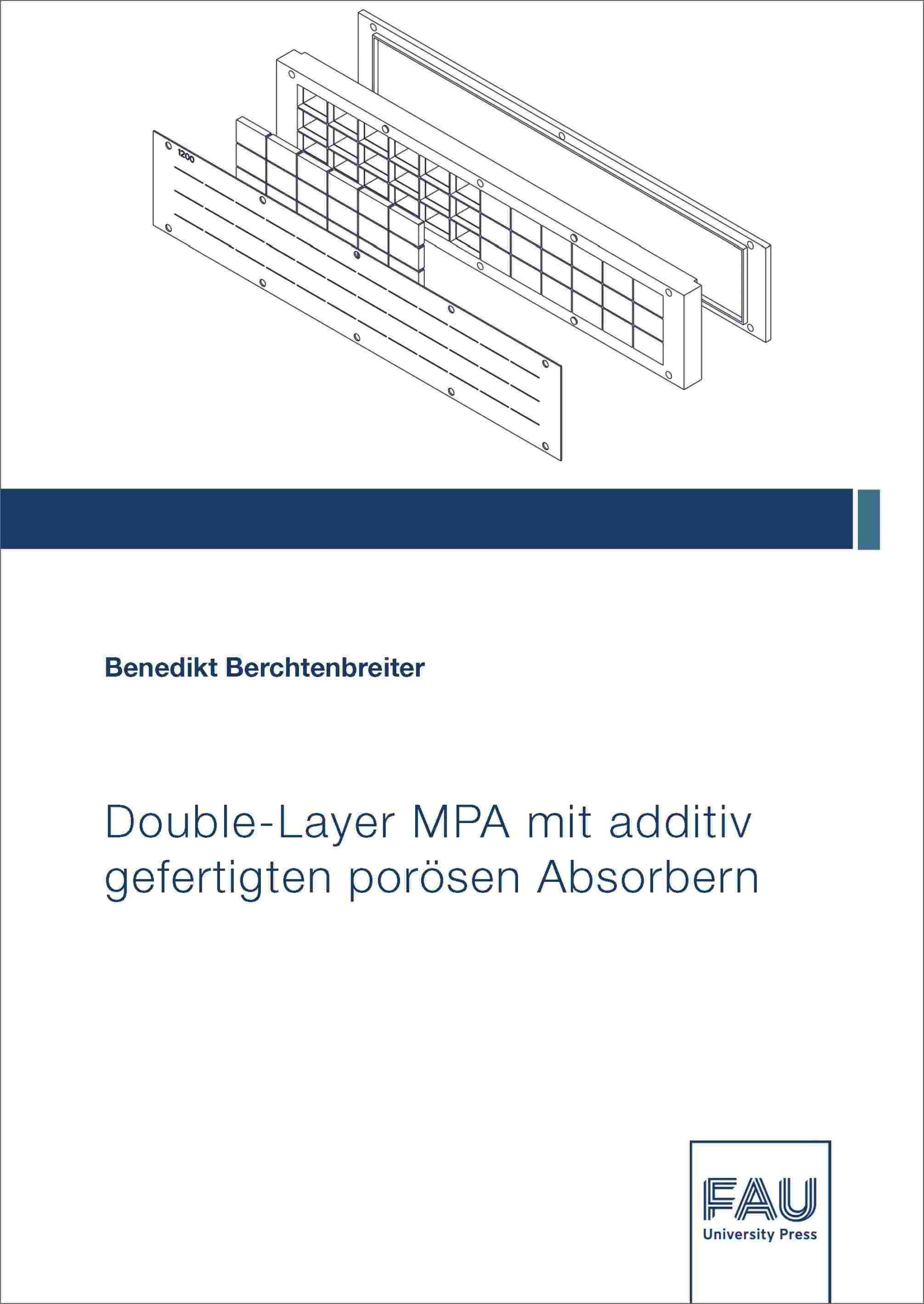Description
Microperforated absorbers (MPA) are an established technology for the attenuation of sound in flow‐carrying ducts. MPAs usually consist of a microperforated panel (MPP) in combination with a back volume. The damping maxima occur in the range of resonant frequencies, which decrease with increasing back volume. This is a challenge, especially in applications with limited installation space, when low frequencies are to be damped. In the literature, the combination of MPPs and porous or fibrous absorbers are reported to reduce the required back volume.
The aim of this work was therefore to design sound-absorbing wall linings as a double-layer MPA consisting of a slotted MPP, a passive absorber below the MPP and a back volume filled with air. Comparable studies in the literature use fibrous or porous absorbers which possess acoustic properties that cannot be influenced or can only be influenced to a limited extent. This reduces the degrees of freedom in the design process. Therefore, additively manufactured absorbers in the form of periodic lattice structures were used in this work, whose acoustic properties can be specifically adjusted as a function of the lattice constant.
A core component of this work was therefore the acoustic modeling of the additively manufactured porous absorbers as a function of the lattice constant. Based on this, the wall linings were designed as a double-layer MPA. Compared to comparable wall linings without additively manufactured porous absorbers, the required installation space is reduced by more than ten percent. Validating measurements confirm the modeling and design of the wall linings.


Reviews
There are no reviews yet.